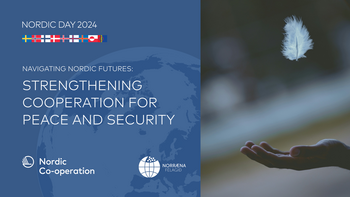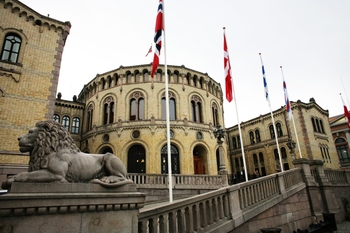Follow the food: the rise of gastronomic tourism in the Nordics
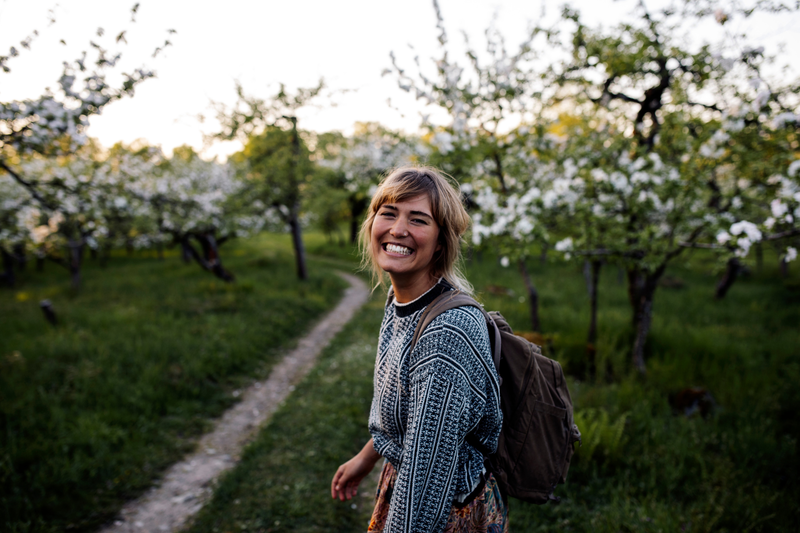
Written by Afton Halloran
From zero to hero. That’s the best way to describe just how the Nordic countries have skyrocketed to the top of the global gastronomic charts over the past 15 years. This attention has drawn in tourists from around the world, sparking the further development of unique experiences that stand out among homogenous tourist offers.
Off-the-beaten path
Fifteen years ago, food tourism was non-existent in the remote Faroe Islands. Since then everything has changed. There are now 10 restaurants of international standards, including Koks Restaurant with two Michelin stars – an amazing feat for a population of just 50,000 people. The impact of the New Nordic Food movement can be felt throughout the islands.
In a globalised world where destinations are becoming increasingly similar in their offerings, many travellers are seeking something out of the ordinary. The Faroe Islands have marketed themselves as authentic, off-the-beaten-path and unique. Part of this has been shaped by food and the culture behind it. Traditional and modern takes on meals made from North Atlantic seafood, free range lamb and fermented foods have caught the attention of many world-renowned food journalists and foodies alike.
The Faroese have also been especially prudent in ensuring that tourism remains at levels tolerable to the people that inhabit the islands. In 2019, Visit Faroe Islands launched a strategy, Presevolution to preserve and evolve the nation’s distinct nature and culture. After witnessing a rise in tourism, the industry wants to see responsible and sustainable growth that carries on well into the coming decades.

Photo: Koks Restaurant
Experiential tourism
For many people today, food preferences are an important part of identity. Gastronomic adventures span from the most serious of foodies seeking to explore and collect experiences to the everyday tourist that enjoys doing a food activity as visiting a food market or perhaps a local restaurant. One thing they have in common is that most tourists remember positive food experiences from their trip.
“The New Nordic Food movement has certainly helped in putting the Nordic region on the gastronomic world map and attracted large numbers of visitors. We’ve seen 15 years of very positive development in these areas,” says Jens Heed, Program Director Food Travel for Visit Sweden.
In 2017, foreign tourists in Sweden spent 47 billion SEK (4.5 billion EUR) on food and drinks, up 50% from 2014. Over 50% of global travellers to the country were motivated to travel because of good food and drink. Nearly one in every five international travellers believe that Sweden offers top culinary experiences.
So, what lies ahead for food tourism in Sweden?
“I certainly expect to see a considerable rise in offerings of and demand for learning food experiences – opportunities not only to sample the local food or drink but also to theoretically and/or practically learn more about, for example the production techniques, food culture or cooking habits. Activities include local cooking schools, make it yourself classes or spending time with producers,” reflects Jens Heed.
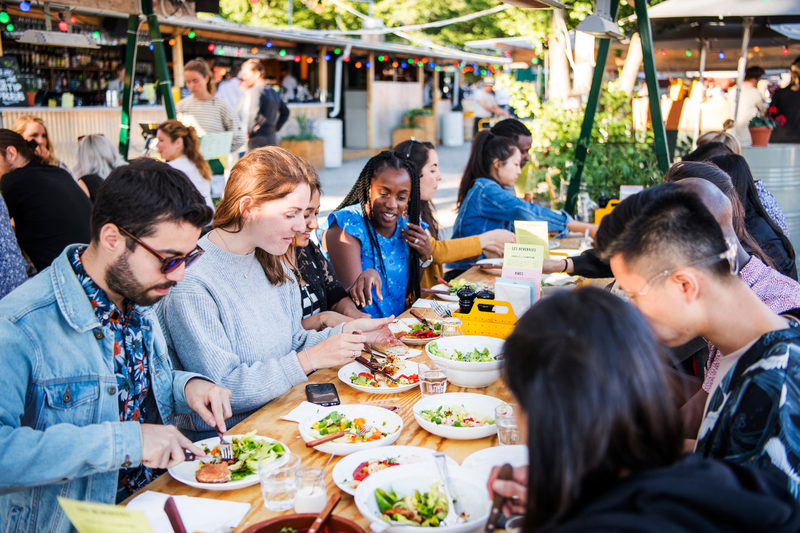
Photo: Simon Paulin/imagebank.sweden.se
Building a food nation
In 2019, the Government of Denmark launched a public-private partnership, the Gastro 2025 initiative, to attract gastronomic tourists and to raise the status of locally produced food beyond Denmark’s borders.
Like the other Nordic countries, Denmark has seen an increase in the demand for quality food experiences. Today, 28% of the foreign tourists in Denmark are gastronomic tourists, for whom gastronomy and eating out have high importance for choosing to vacation in Denmark.
“Good food experiences have long been one of the most important stories in our tourism marketing, but we have not previously had the opportunity to focus so strongly on the food. Now, for the first time, we are given the opportunity to prioritize gastronomy big time because funds have now been earmarked for the story of Denmark as a food nation,” says Eva Thybo of VisitDenmark.
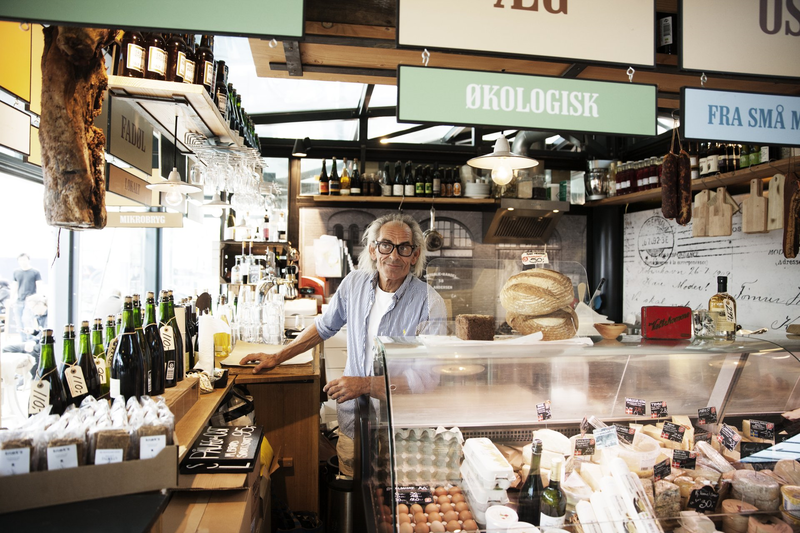
Photographer: Robin Skjoldborg
Quality over quality
With growing tourism comes increased food consumption. The Icelandic government has found themselves asking how the small island nation can offer tourists a positive food experience while at the same time ensuring that the food on offer is produced in a sustainable way and creates a limited amount of waste.
Since 2010, the number of tourists visiting Iceland has grown dramatically – increasing from 495,000 to 2.3 million visitors in a nation of just 340,000 people. This has resulted the increased importation of certain types of food. This dilemma has sparked the need for a more holistic approach.
In parallel with an increase in tourism is growth in local food, artisanal food, ‘slow food’ and street food. New companies that focus on food-related tourism such as guided food tours, visit to producers, tastings are beginning to pop up. Fine-dining restaurants focusing on seasonal foods are becoming more prevalent.
Despite the difficulties that can come with handling a surge of tourism, there is a sense of optimism: “Iceland has a wealth of resources related to food production including raw materials, space, energy, an educated workforce and technology. There are many new opportunities just waiting to be explored such as increased vegetable production using thermal energy… The food system needs to be looked at in a holistic way, with the participation of all stakeholders. We need to agree on common vision and act on it,” says Þóra Valsdóttir of Matís, Iceland’s government-owned Food and Biotech R&D institute.
The government is currently working on a food strategy that should be ready by mid-2020.
To match this vision, tourism will also need to shift. Most tourists that visit Iceland come for the unique and relatively unspoilt nature as well as the chance to experience human solitude in wide open landscapes. But the Icelandic nature can be fragile, and the experience visitors are looking for can be negatively influenced by overcrowding.
In the past, focus was placed on volume, but in the future the shift will be towards quality.
We would like to thank Guðrið Højgaard (Visit Faroe Islands), Jens Heed (Visit Sweden) and Þóra Valsdóttir (Matís).
This story is part of a series about the future of New Nordic Food. Follow Afton Halloran, sustainable food systems expert, as she listens to different voices from around the Nordic region.

